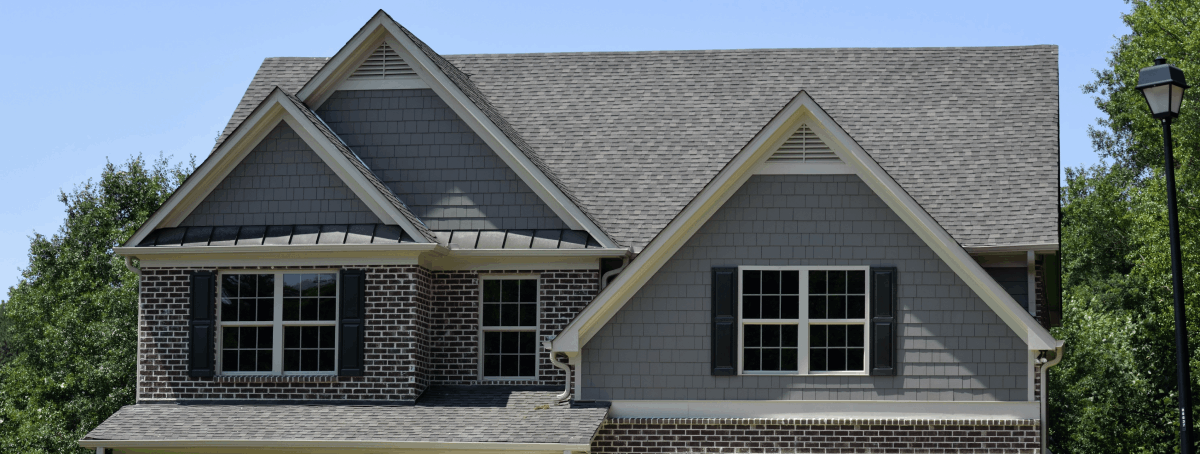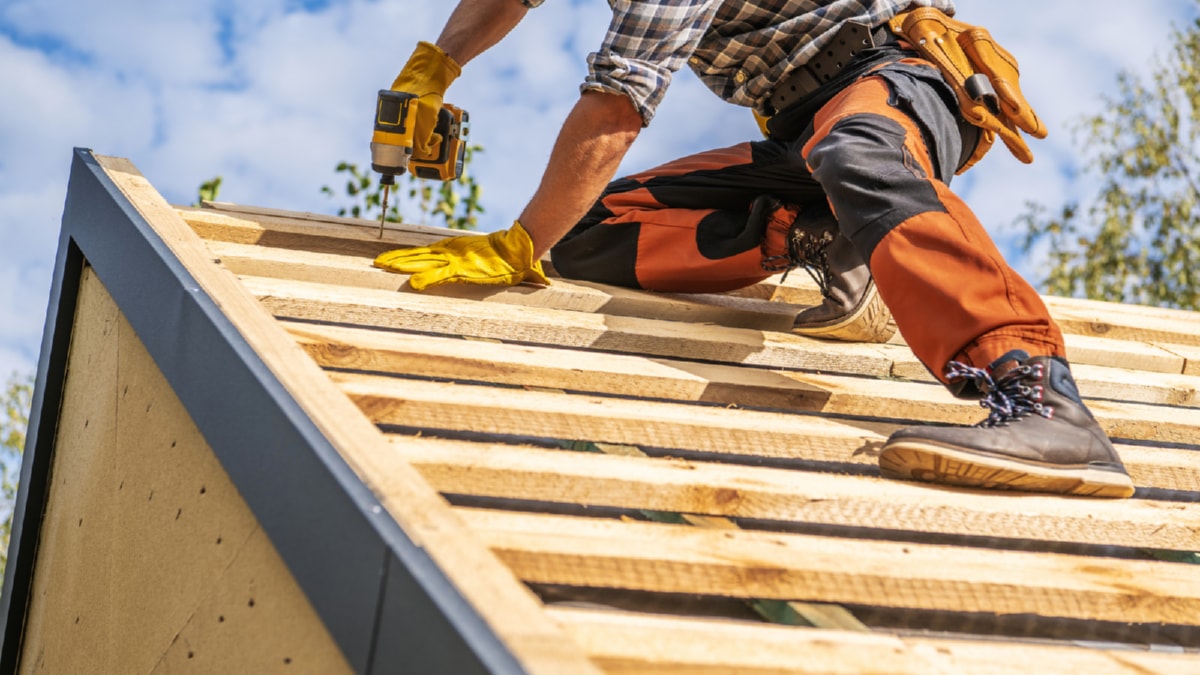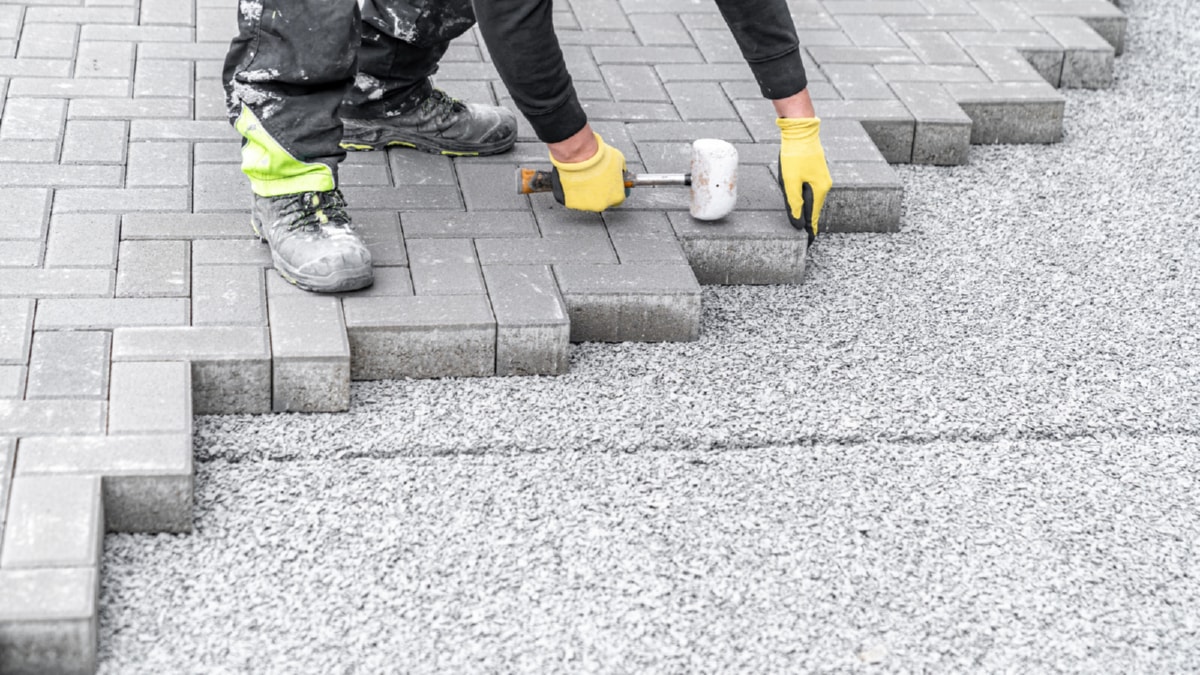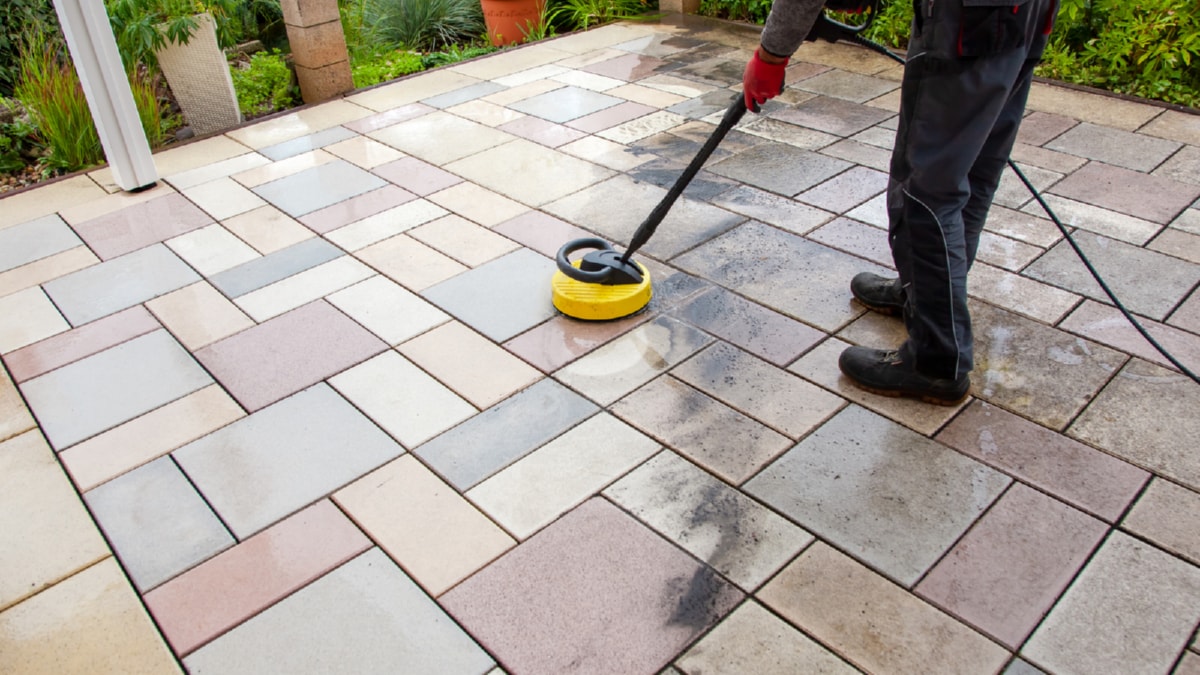The field of construction is rapidly evolving with a growing emphasis on sustainability and eco-friendliness. Green construction, also known as sustainable building, is becoming the norm rather than the exception. But what exactly is this and why should it be considered?
Green construction refers to the practice of creating structures and using procedures that are environmentally responsible and resource-efficient. This can span the entire life-cycle of a building, from planning and design to construction, operation, maintenance, renovation, and even demolition. Now, let’s explore the numerous benefits of this sustainable approach to construction.
One of the primary advantages of green construction is its potential for significant energy savings. By incorporating energy-efficient technologies, such as solar panels, high-efficiency windows and improved insulation, green buildings can use less energy for heating, cooling, and lighting compared to traditional structures. This not only reduces the building’s carbon footprint, but can also result in significant cost savings over the building’s lifetime.
Another key benefit of green construction is its focus on water conservation. Through the use of technologies like rainwater harvesting, greywater recycling, and efficient fixtures, green buildings can significantly reduce water usage. This not only helps to conserve a valuable resource, but can also lead to considerable cost savings, particularly in areas where water is scarce or expensive.
The health and important well-being of occupants is another important aspect of green construction. Research has shown that green buildings can improve indoor air quality, reduce mold and mildew, and increase natural light, all of which can lead to improved health and productivity for occupants. In addition, green buildings often incorporate design elements that encourage physical activity, such as staircases that are visually appealing and easily accessible.
Green construction also promotes the use of eco-friendly materials. This can include using recycled or reclaimed materials, sourcing materials locally to reduce transportation emissions, and selecting materials that are durable and require less maintenance. This approach not only minimizes the environmental impact of the construction process, but can also contribute to a healthier and more comfortable indoor environment.
In conclusion, green affordable construction offers numerous benefits, from energy savings and water conservation to improved indoor air quality and the use of sustainable materials. While the upfront costs may be higher compared to traditional construction, the long-term savings and environmental benefits make it a smart and responsible choice. As we look to the future, it’s clear that green construction is not just a trend, but a fundamental shift in how we think about and approach construction. The future of construction is indeed green, and the sooner we embrace this, the better for our planet and for future generations.
.
For more details, check best exterior step and stair rebuild and replace service or visit their business listing here.



